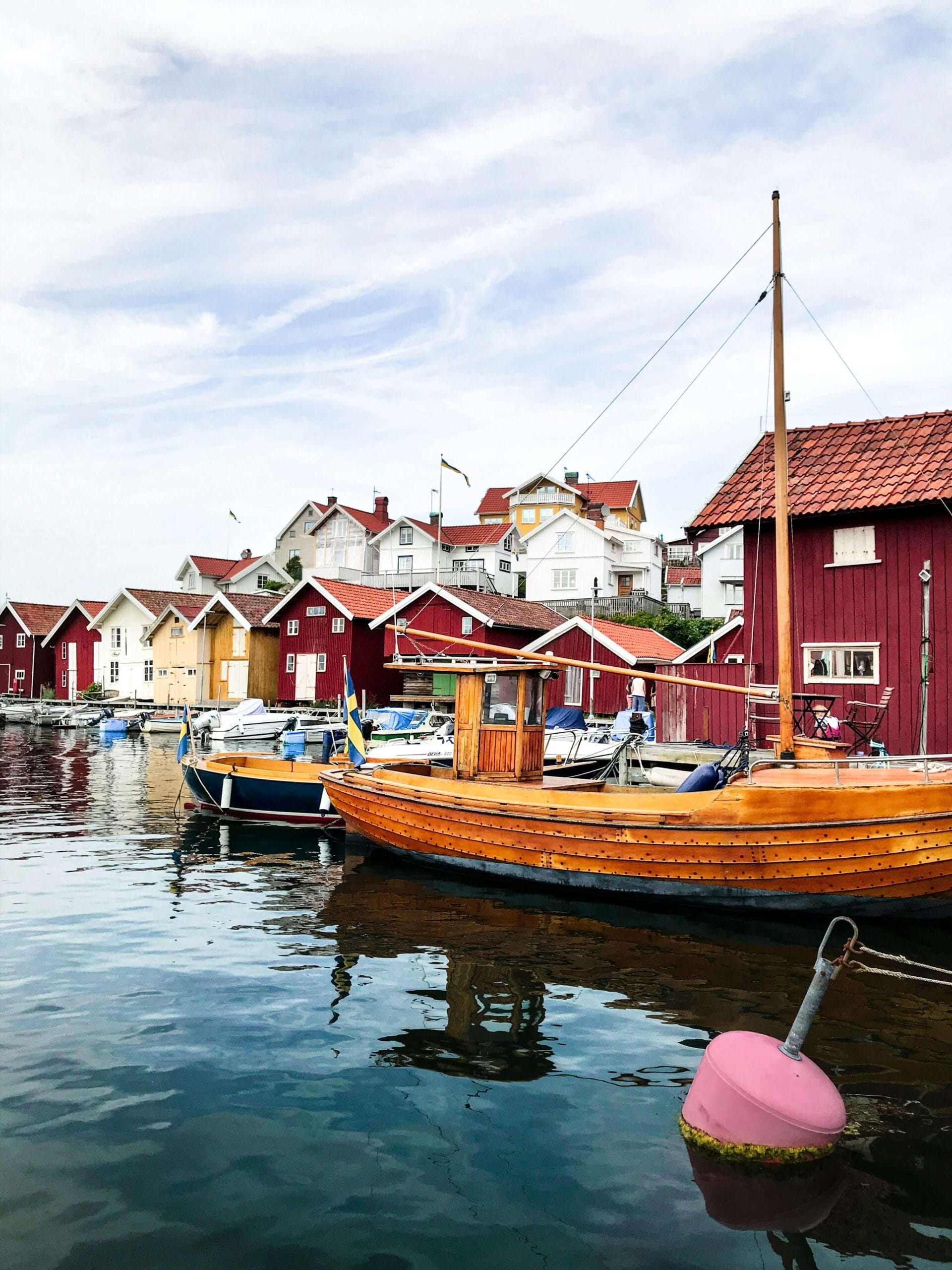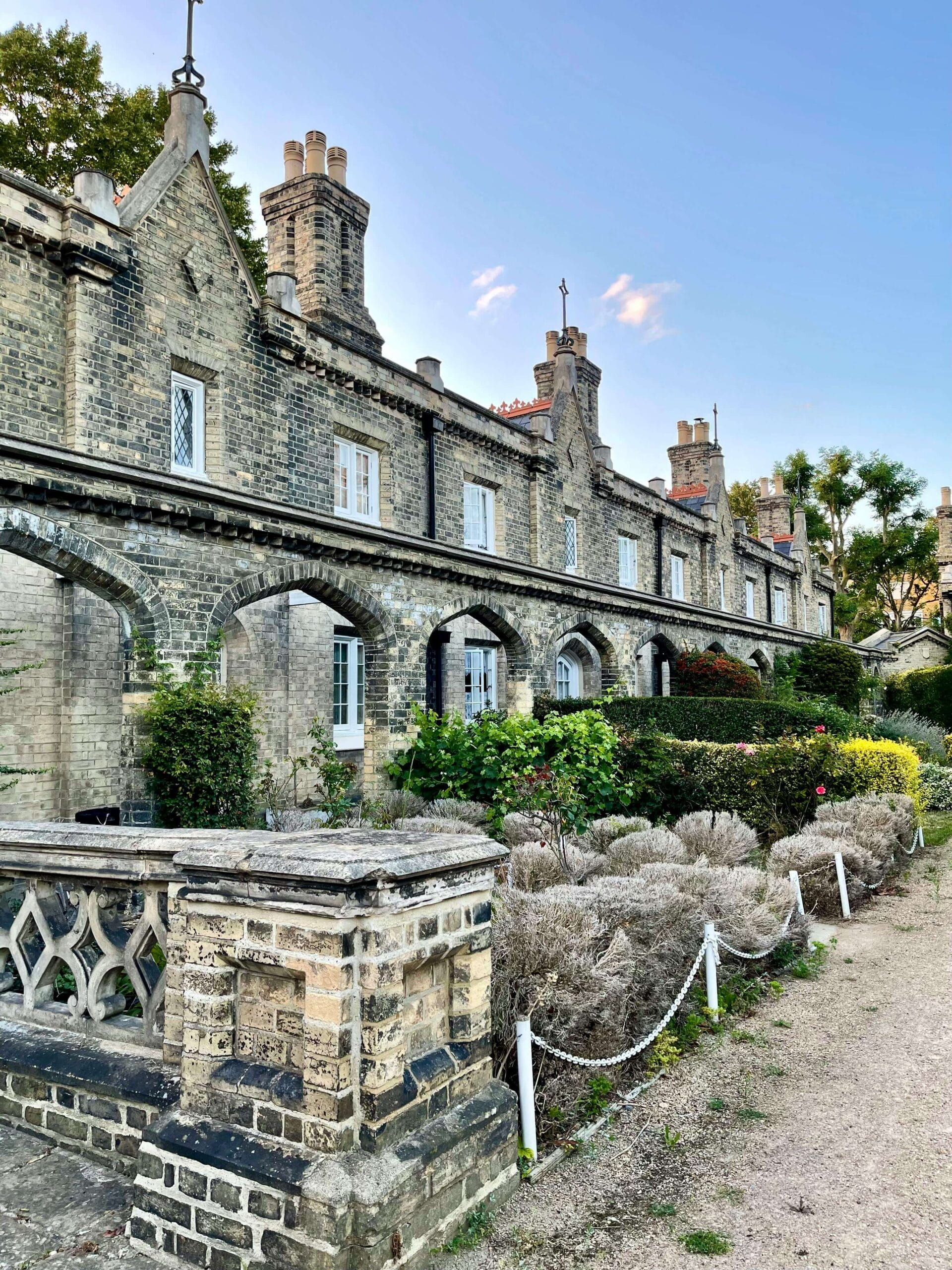Have you ever dreamt of escaping the crowded beaches of Spain and the overpriced cafés of Paris? What if I told you that Scandinavia's crown jewel holds secrets that most British tourists never discover?
Last summer, as I stepped off one of the surprisingly affordable flights to Sweden from UK, I thought I knew what awaited me. Stockholm's colourful buildings, perhaps a bit of IKEA nostalgia, and the usual tourist trail. How wonderfully wrong I was. What I discovered instead was a country brimming with authentic experiences, hidden corners, and moments that no guidebook could capture.
Sweden isn't just another European destination—it's a revelation waiting to happen. And the best part? It's far more accessible from Britain than you might think, with excellent flight connections and a currency that, while strong, offers incredible value when you know where to look.
Why Sweden Should Be Your Next European Adventure
Picture this: you're sitting in a cosy café in Malmo Sweden, watching the world go by through rain-speckled windows, a steaming cup of coffee warming your hands while locals chat quietly in melodic Swedish tones. The Sweden currency to USD might seem daunting at first glance, but when you convert euro to sek Sweden rates, you'll find that experiences here offer remarkable value—especially when you venture beyond the obvious tourist spots.
I've spent months exploring Sweden's lesser-known treasures, and what I discovered challenged every preconception I had about Scandinavian travel. This isn't just another "10 Things to Do in Stockholm" list—this is your passport to authentic Swedish experiences that most Brits never encounter.

Getting There: Your Journey from Britain Begins
The beauty of Swedish exploration starts before you even land. Flights to Sweden from UK have become remarkably competitive, with direct routes from London, Manchester, and Edinburgh. I've found that booking midweek departures, particularly on Tuesday or Wednesday, can save you nearly £200 compared to weekend flights.
| Route | Average Flight Time | Approximate Cost (Midweek) | Best Booking Time |
|---|---|---|---|
| London to Stockholm | 2h 30min | £180-280 | 6-8 weeks ahead |
| Manchester to Stockholm | 2h 45min | £220-320 | 8-10 weeks ahead |
| Edinburgh to Stockholm | 2h 40min | £200-300 | 6-8 weeks ahead |
| London to Gothenburg | 2h 35min | £190-290 | 6-8 weeks ahead |
What struck me most about arriving in Sweden was the immediate sense of space and calm. Unlike the frantic pace of other European capitals, Swedish cities breathe differently. There's a rhythm here that immediately sets your mind at ease—perfect for the kind of deep, meaningful travel experiences we're after.
Stockholm: Beyond the Postcard Perfect

Everyone knows about Gamla Stan's cobblestones and the Vasa Museum, but let me share what the guidebooks won't tell you. The real Stockholm magic happens in neighborhoods like Södermalm, where vintage shops nestle between organic bakeries, and locals gather in parks that feel like secret gardens.
During my last visit, I stumbled upon a tiny bookshop café where the owner, Lars, spent an hour sharing stories about Swedish literature over homemade cardamom buns. These are the moments that transform a holiday into something profound—and they're everywhere in Sweden if you know where to look.
But Stockholm isn't just about the city center. Take the train to Friends Arena Solna Sweden—yes, the same venue that hosts major concerts and football matches. But here's the insider secret: the area around the Friends Arena in Stockholm has developed into a fascinating blend of modern architecture and green spaces. Even if you're not catching a match at Friends Stadium Sweden, the surrounding district offers some of the most innovative restaurants and design studios in the country.
Gothenburg: Maritime Magic on the West Coast
From Stockholm, a comfortable three-hour train journey brings you to Sweden's maritime heart—Gothenburg. The hotels in Gothenburg Sweden range from boutique waterfront properties to charming B&Bs tucked away in the historic Haga district, where wooden houses painted in soft pastels line cobblestone streets.
I'll never forget my first morning in Gothenburg, awakening to the sound of seagulls and the gentle lapping of waves against the harbor. The city feels distinctly different from Stockholm—more relaxed, more connected to the sea, with a thriving cultural scene that rivals any European city twice its size.

The fish market at Feskekörka (literally "Fish Church") became my daily ritual. Watching local chefs select the finest catches while elderly Gothenburgians chatted about weather and grandchildren, I realized I was witnessing something increasingly rare—authentic, unhurried daily life in a major European city.
Malmö: Where Sweden Meets Continental Europe

The train journey south to Malmö Sweden reveals landscapes that gradually shift from dense forests to rolling farmland dotted with red wooden houses. Malmö itself surprises most British visitors with its cosmopolitan atmosphere and strong connections to continental Europe—you can actually see Denmark's coast from the city's beaches.
What captivated me most about Malmö was its incredible cultural diversity. Walking through the Möllevången district felt like traveling through multiple continents—Middle Eastern spice shops next to Swedish design studios, Ethiopian restaurants beside traditional Swedish pubs. It's a fascinating glimpse into modern Sweden's multicultural identity.
The Sweden's money goes particularly far in Malmö compared to Stockholm, making it an excellent base for budget-conscious travelers who still want authentic Swedish experiences without tourist prices.
Swedish Adventures Beyond the Cities
Sweden's true magic lies in its relationship with nature, and this becomes apparent the moment you venture beyond urban areas. The ski slopes Sweden offers might not have the international reputation of the Alps, but they provide something increasingly rare—unspoiled mountain experiences without the crowds.
I spent a week in Åre during shoulder season (late April), when the ski slopes Sweden were still operational but spring was beginning to emerge in the valleys below. The contrast was extraordinary—crisp mountain air and pristine snow above, while birch trees showed the first hints of green in the warmer areas below.

The Art of Swedish Craftsmanship
No exploration of authentic Sweden would be complete without understanding its deep craftsmanship traditions. Mora of Sweden Morakniv represents more than just knife-making—it embodies Sweden's relationship with both nature and precision craftsmanship that spans generations.
Visiting the Morakniv factory in Mora, I watched skilled artisans creating knives using techniques passed down through families for over a century. Each knife represents not just a tool, but a philosophy of quality, sustainability, and respect for materials that characterizes the best of Swedish culture.
Practical Wisdom for British Travellers
Understanding Sweden currency to USD and euro to sek Sweden conversions helps, but more important is understanding value. Sweden rewards travelers who appreciate quality over quantity—a single exceptional meal, a perfectly crafted knife, or a night in a thoughtfully designed hotel provides more satisfaction than rushing through a checklist of tourist attractions.
The kingdom of Sweden flag flies proudly throughout the country, and you'll quickly notice that Swedes have a deep, quiet pride in their nation that manifests not in boastfulness but in the careful attention they pay to everything from public spaces to customer service.
Seasonal Secrets: When to Visit
Each season in Sweden offers distinct advantages for British travelers. Summer brings the famous midnight sun and perfect hiking weather, but also crowds and higher prices. I've found that late spring (May-June) and early autumn (September) provide the sweet spot—pleasant weather, fewer tourists, and that magical light that makes Swedish landscapes look like paintings.
Winter travel requires more planning but offers unique rewards. The northern lights, Christmas markets, and the cozy concept of "mys" (roughly translating to hygge's Swedish cousin) make winter visits unforgettable for those prepared for the cold.
Creating Your Own Swedish Adventure
The key to authentic Swedish travel lies in embracing the concept of "lagom"—not too little, not too much, but just right. This applies to everything from packing (Swedes are masters of functional, beautiful design) to planning your itinerary (leave space for spontaneous discoveries).
Start with the practical elements: book your flights to Sweden from UK well in advance for better prices, research hotels in Gothenburg Sweden or your chosen destination, and familiarize yourself with the euro to sek Sweden exchange rates. But don't over-plan—Sweden rewards those who leave room for serendipity.
Food Culture: Beyond Meatballs
Swedish cuisine has undergone a quiet revolution in recent decades. While you'll still find excellent traditional dishes, the real excitement lies in how Swedish chefs are reinterpreting local ingredients with global influences.
In Stockholm's trendy Östermalm district, I discovered restaurants where reindeer is served alongside Korean-inspired sides, where traditional Swedish berries are transformed into innovative desserts, and where the concept of "New Nordic" cuisine is constantly being redefined.
Don't miss the fika culture—the Swedish tradition of coffee and pastry breaks that are about much more than caffeine. Fika is a social institution, a moment of pause, and an opportunity to connect with both locals and fellow travelers in a uniquely Swedish way.
Transportation: Moving Through Sweden Like a Local
Sweden's transportation system is a masterclass in efficiency and environmental consciousness. The trains between major cities are comfortable, punctual, and offer stunning scenery that makes the journey part of the destination.
For shorter distances, buses are reliable and affordable, while the bike-sharing systems in cities like Stockholm and Gothenburg provide an eco-friendly way to explore at your own pace. Many Swedes speak excellent English, making navigation and communication straightforward for British travelers.
Cultural Insights: Understanding Swedish Social Dynamics
Swedes have mastered the art of personal space and quiet consideration—traits that many British travelers find refreshing after the intensity of other European destinations. This isn't coldness; it's respect. Once you understand this cultural dynamic, you'll find Swedes incredibly helpful and engaging.
The concept of allemansrätten (the right to roam) exemplifies Swedish values—you're free to explore nature responsibly, camp in most areas, and pick berries and mushrooms, as long as you respect the environment and private property. This freedom comes with responsibility, perfectly embodying Swedish social philosophy.
Shopping and Design: Bringing Sweden Home
Swedish design extends far beyond IKEA's flat-pack furniture. From hand-blown glass in the forests of Småland to textile designs that capture the essence of Scandinavian light, Sweden offers unique shopping experiences that reflect the country's aesthetic sensibilities.
I spent an entire afternoon in a small workshop in Gothenburg watching a craftsman create wooden bowls using techniques unchanged for generations. The patience, precision, and pride in his work reminded me why Swedish design has such global respect—it's rooted in generations of craftsmanship and an understanding that beautiful objects enhance daily life.
Planning Your Swedish Journey
The best Swedish adventures combine careful planning with spontaneous discovery. Book accommodations in advance, especially during summer months, but leave flexibility in your daily schedule for unexpected discoveries.
Consider purchasing a travel insurance policy that covers outdoor activities if you plan to hike or participate in adventure sports. Sweden's healthcare system is excellent, but being prepared gives peace of mind for more adventurous activities.
